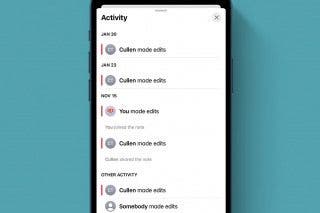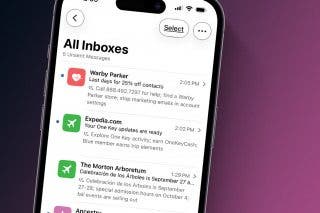Troubleshooting Zoom Audio Issues on an iPhone, iPad, or Mac
Here's how to fix Zoom audio problems, including issues with your microphone, speaker, or both.


If your Zoom audio is not working and you can't hear others, they can't hear you, or both, we'll show you how to fix the problem. Let's go over how to troubleshoot microphone and Zoom issues on your iPhone, iPad, or Mac.
Related: How to Look Good on Zoom & Video Calls
Let's get started learning how to troubleshoot Zoom audio issues. For more great FaceTime and Zoom tutorials, check out our free Tip of the Day.
Zoom System Requirements
The first part of learning how to use Zoom is making sure you have the proper hardware and software. Here's a list of Apple devices that are Zoom compatible. If your iPhone, iPad, iPod Touch, or Mac includes the following features and software, you can use it with Zoom.
System Requirements: iPhone, iPad, iPod Touch
Hardware
- iPhone 3GS with no front-facing camera, iPhone 4 and later, iPod Touch 4th generation and later, iPad 2 or later, iPad Pro, iPad mini
Software
- iPhone, iPod Touch, or iPad running iOS 7 or later.
- iPad running iPadOS 13 or later.
Browser
- Safari 5+ or Chrome
Processor
- 1GHz or greater single-core processor
System Requirements: Mac
If you have a Mac, you'll need to install Zoom Client 5.1.1 and have the following features and software to use Zoom.
Hardware
- A Mac that can run macOS X with macOS 10.9 or later.
- Microphone and speakers (Bluetooth, USB plug-in, or built-in).
- A webcam or HD webcam (Bluetooth, USB plug-in, or built-in).
Internet Connection
Another thing you'll need in order to use Zoom without freezing or crashing issues is a good internet connection. You'll have different needs based on whether you're just attending a webinar or meeting, or if you're presenting or participating. Zoom lists recommended bandwidths here. You can also join a Zoom test meeting to test your internet connection.
If you're not sure how fast your internet speed is, there are lots of speed tests available online. Some popular options include Fast and Ookla.
Fix Zoom Microphone & Speaker Issues on an iPhone & iPad
It's important to know how to fix Zoom video and connection issues, as well as Zoom audio problems. Let's go over how to troubleshoot Zoom microphone and speaker issues now.
Make Sure Your iPhone & iPad Speakers Are Working
If you can't hear others in your Zoom meeting, but they can hear you, check your iPhone or iPad's speakers in another app to see if they're working. If you can play music or hear the audio on a regular phone call, the issue is not with your speakers. You can also share the troubleshooting steps below with other members of your Zoom meeting. They may be muted, or may not have connected their audio.
Make Sure Zoom Audio Is Connected
The first thing to keep in mind when your Zoom audio isn't working and you can't hear the other people on the call, is that you might not have tapped Call using Internet Audio at the beginning of the call. If you tapped Cancel, instead, you can still enable internet audio.
- Tap Call using Internet Audio at the beginning of the call or meeting.

- Tap the screen to reveal the call controls at the bottom of the screen, then tap Join Audio.
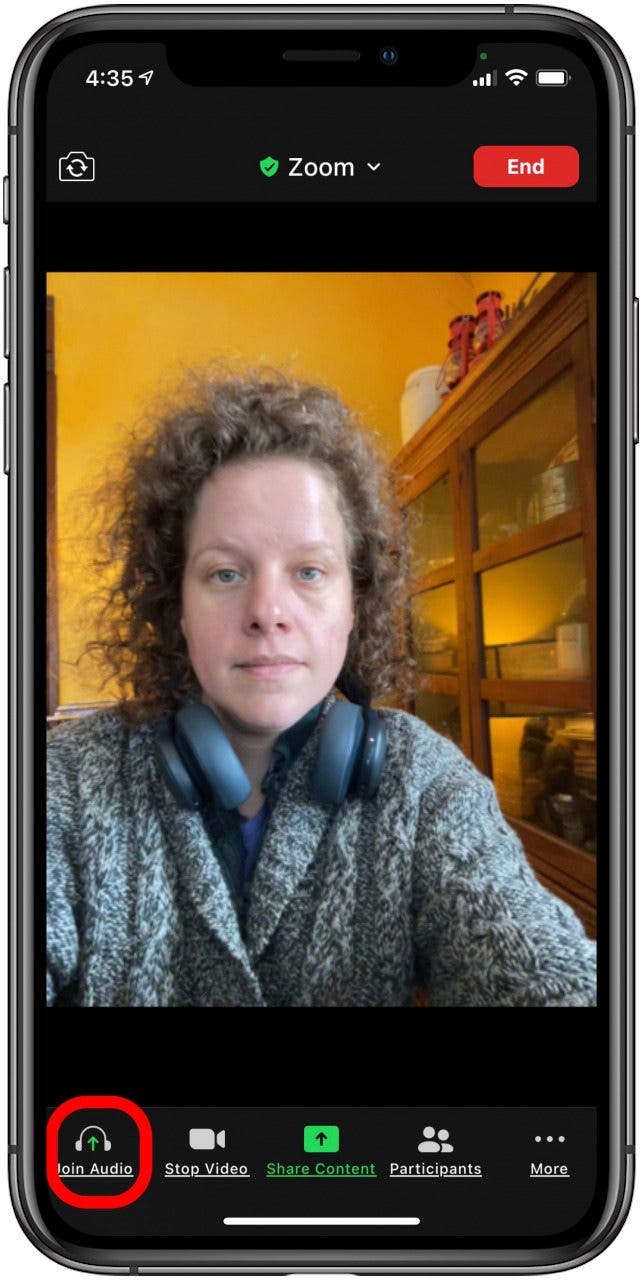
Make Sure Your Microphone Isn't Muted
If other people can't hear you in a Zoom meeting, first make sure you're not muted. To do this:
- Tap the screen to reveal the controls at the bottom.
- If the microphone icon says Unmute and has a red slash through it like this:
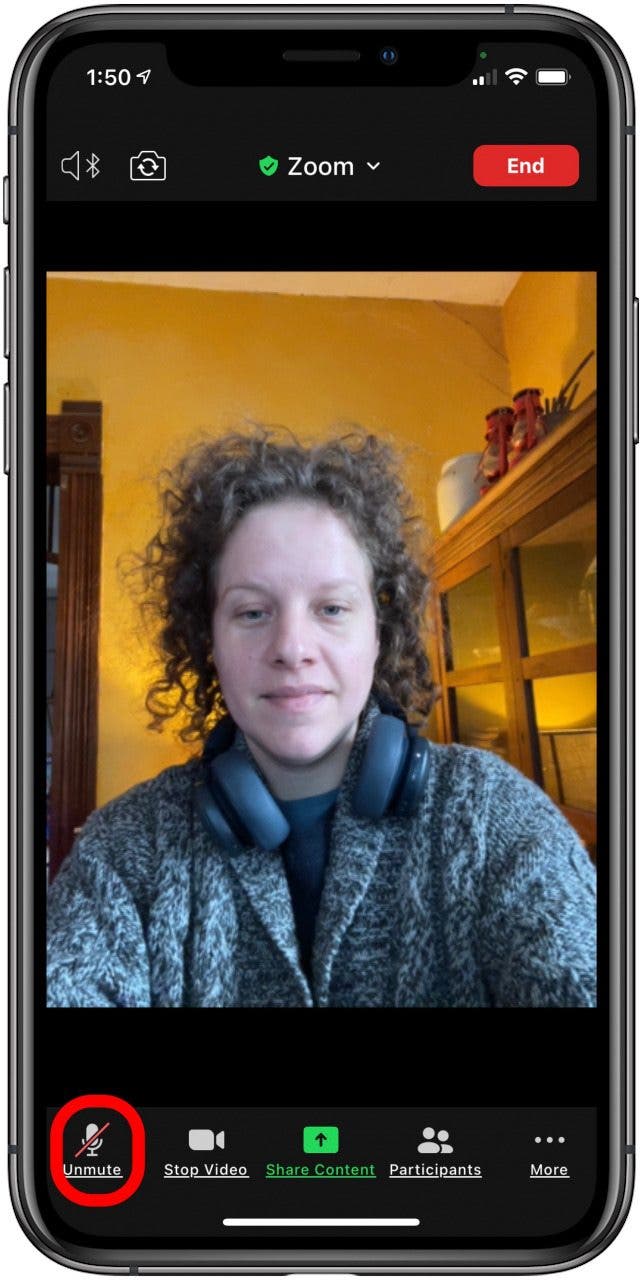
- Tap the microphone icon to unmute yourself.
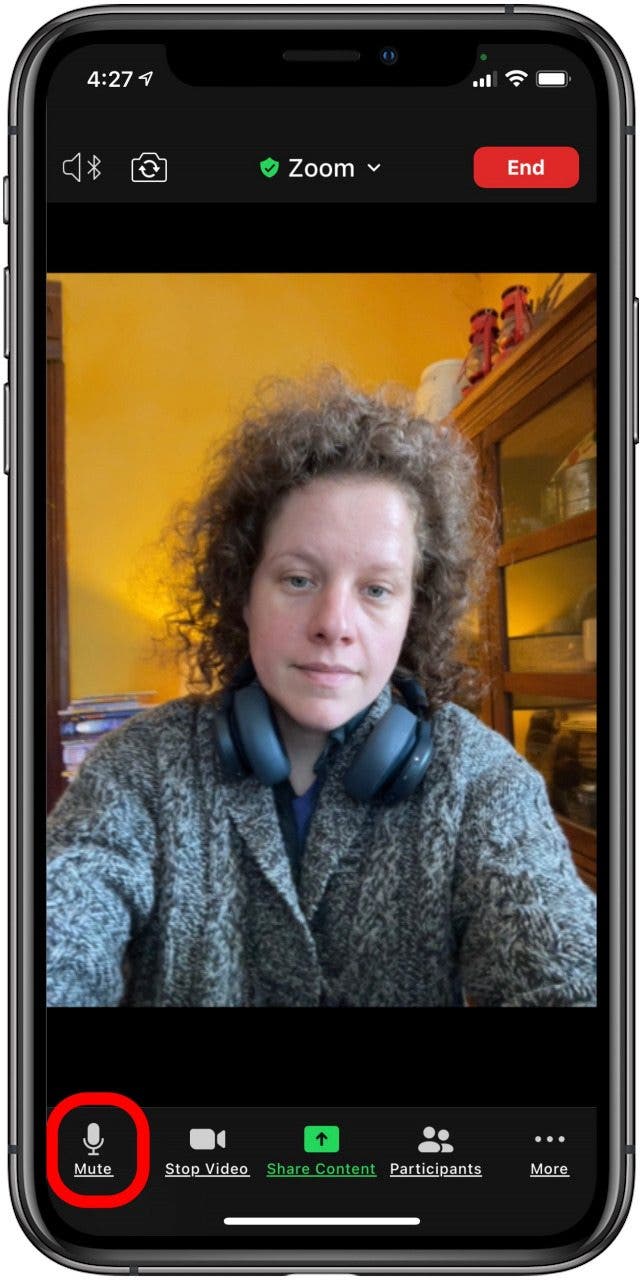
Make Sure Zoom Can Access the iPad or iPhone Microphone
Next, make sure Zoom is allowed to access your iPhone or iPad's microphone.
- Open the Settings app.
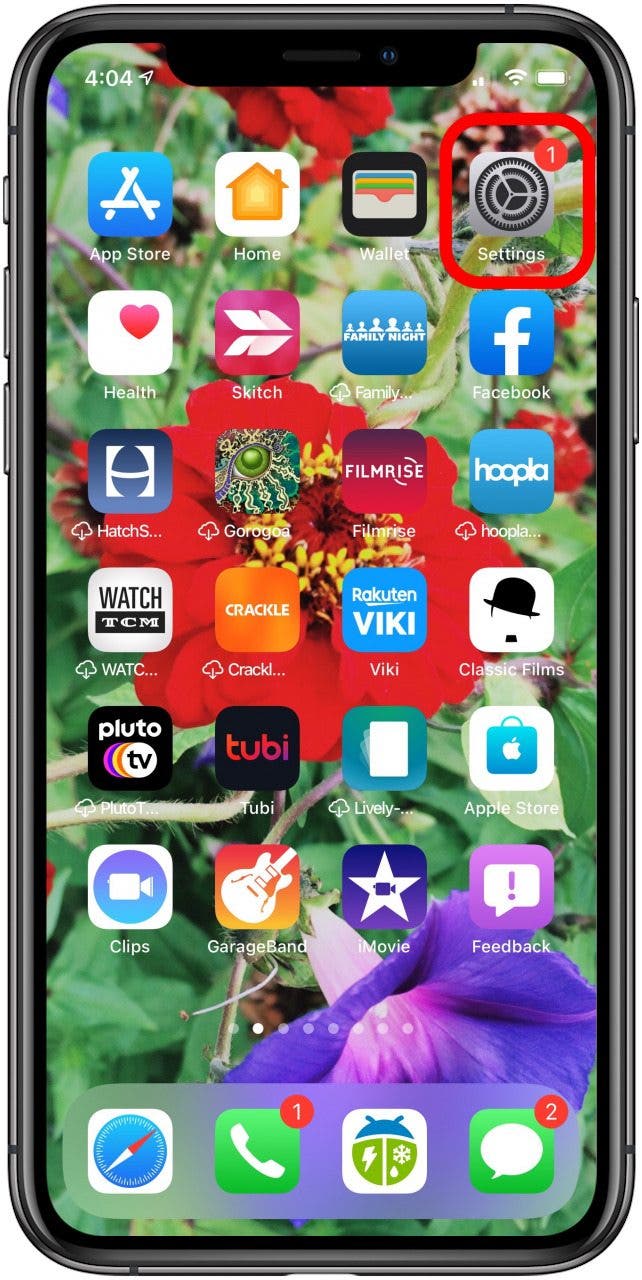
- Tap Privacy.
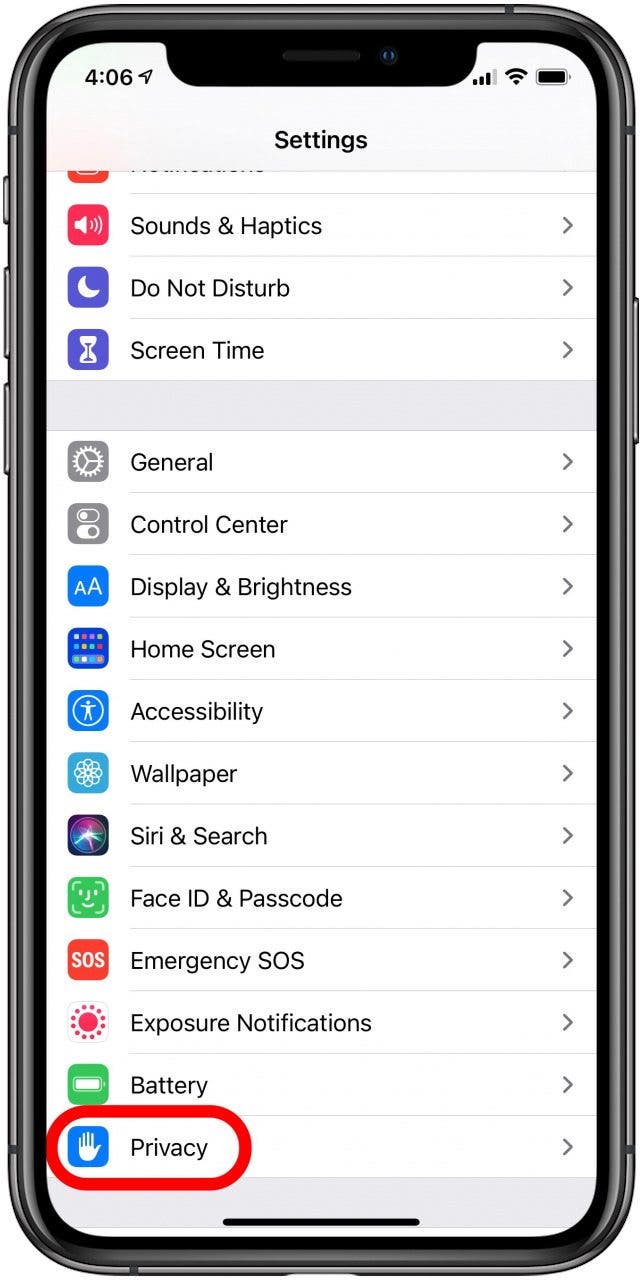
- Tap Microphone.
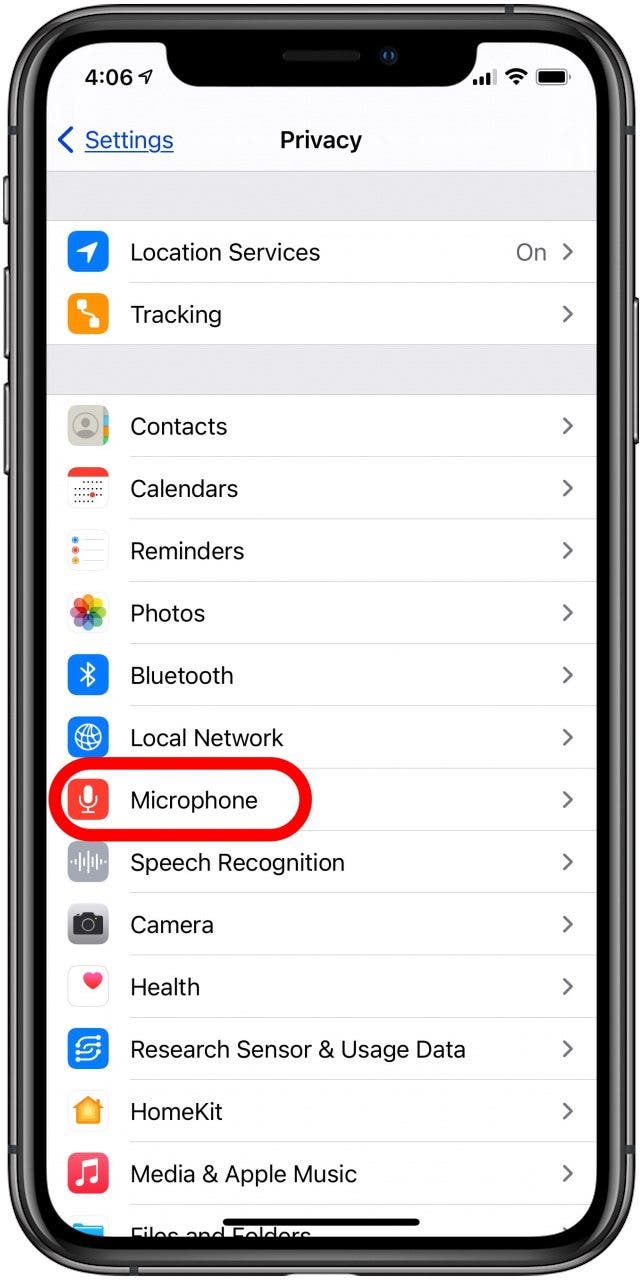
- Toggle on Zoom.
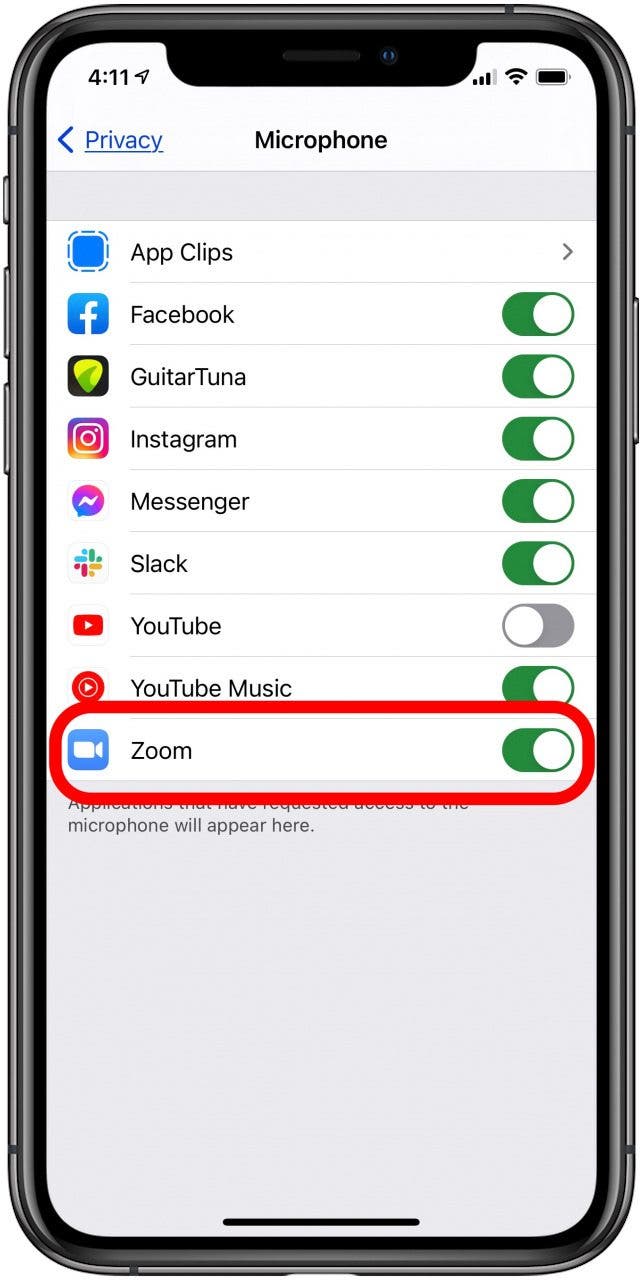
Check Microphone Settings in the Zoom App
- Open the Zoom app and tap Settings.
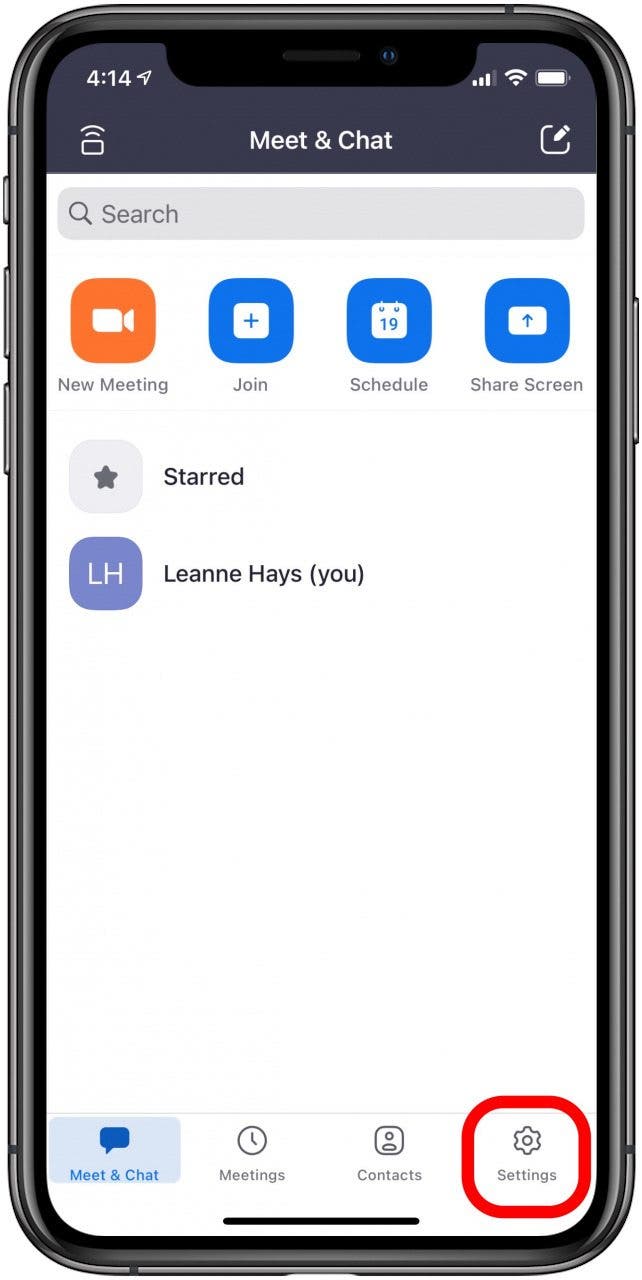
- Tap Meetings.
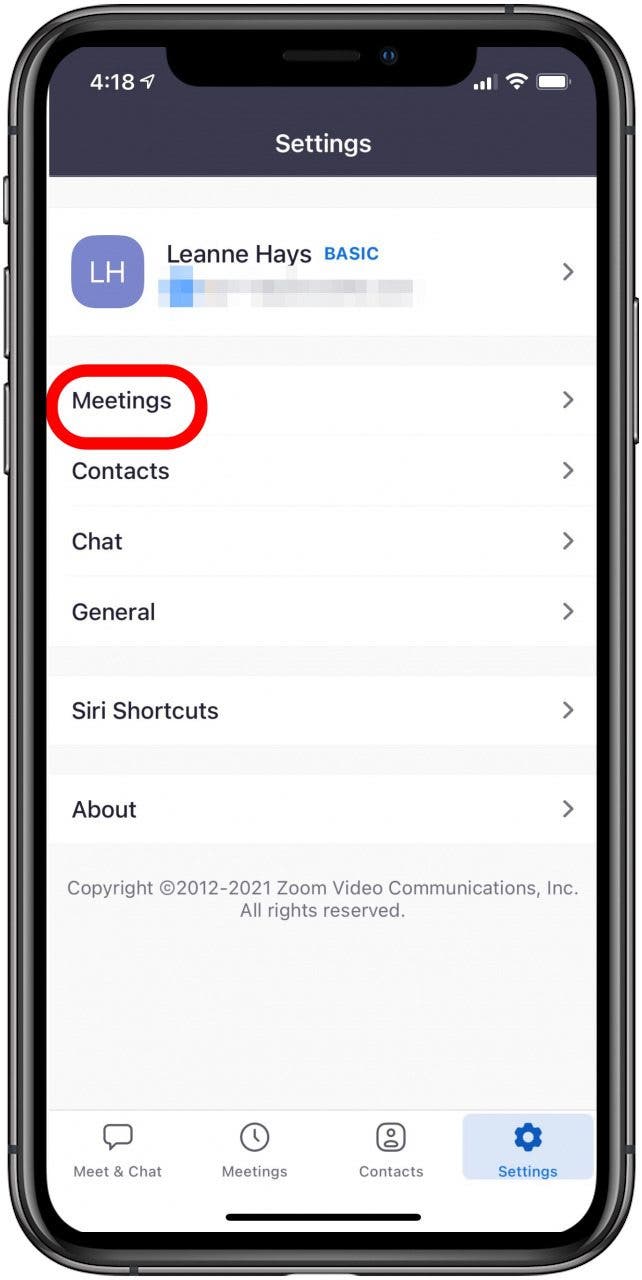
- Make sure Always Mute My Microphone is toggled off. This setting keeps your microphone muted when you join a meeting, until you choose to turn it on, which can be easy to forget to do.
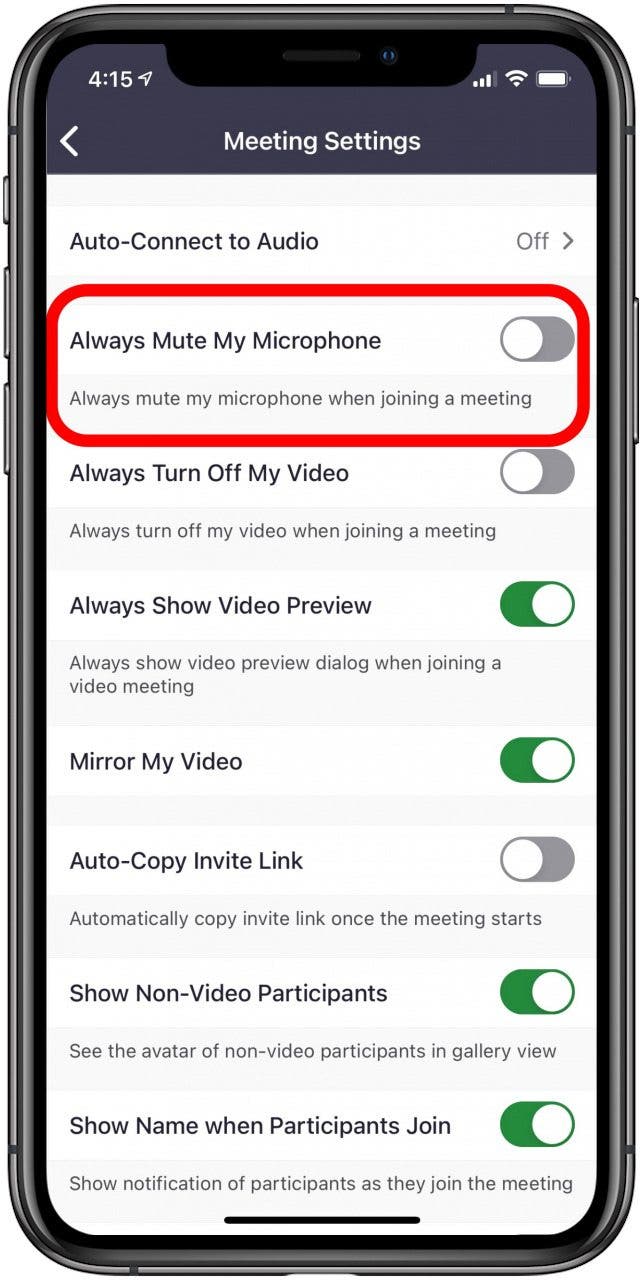
Fix Zoom Microphone & Speaker Issues on Your Mac
Make Sure Your Mac's Speakers Are Working
If you can't hear others in your Zoom meeting, but they can hear you, check your Mac's speakers in another app to see if they're working. If you can play music or hear the audio from other applications, the issue is not with your speakers. You can share the troubleshooting steps below with other members of your Zoom meeting. They may be muted, or may not have connected their audio. Once you've got your audio working correctly, you can also make sure you're displaying the correct name by learning how to change your name on Zoom.
Make Sure You've Allowed Zoom Microphone Access
One of the easiest steps to take is to be sure you've allowed Zoom Microphone access on your Mac. To do this:
- Click the Apple menu at the top of your screen and click System Preferences.
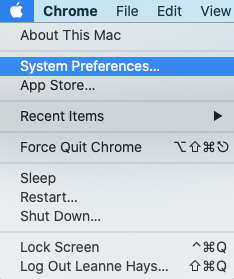
- Click Security and Privacy.
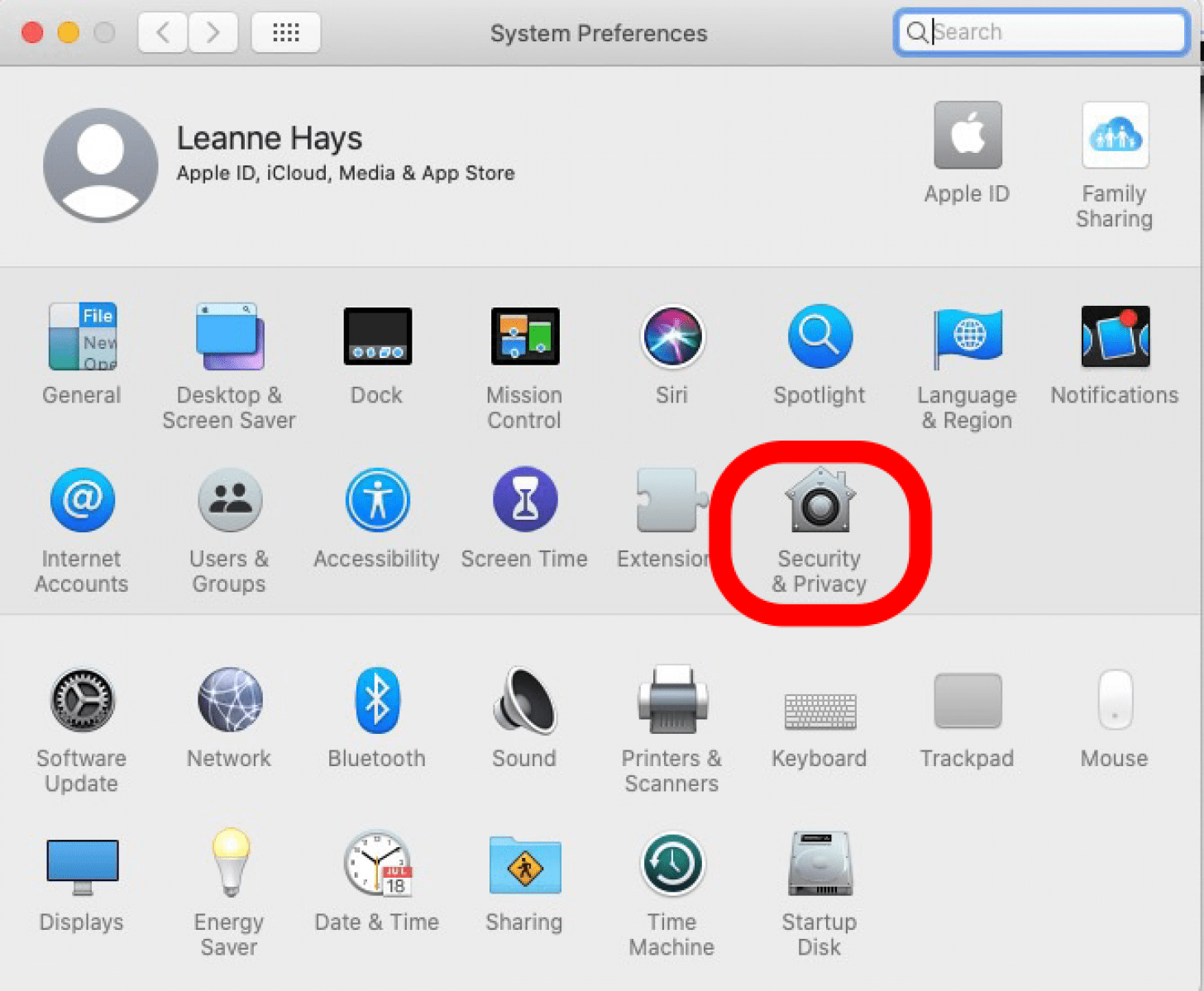
- Click the lock icon, then enter your Mac password.
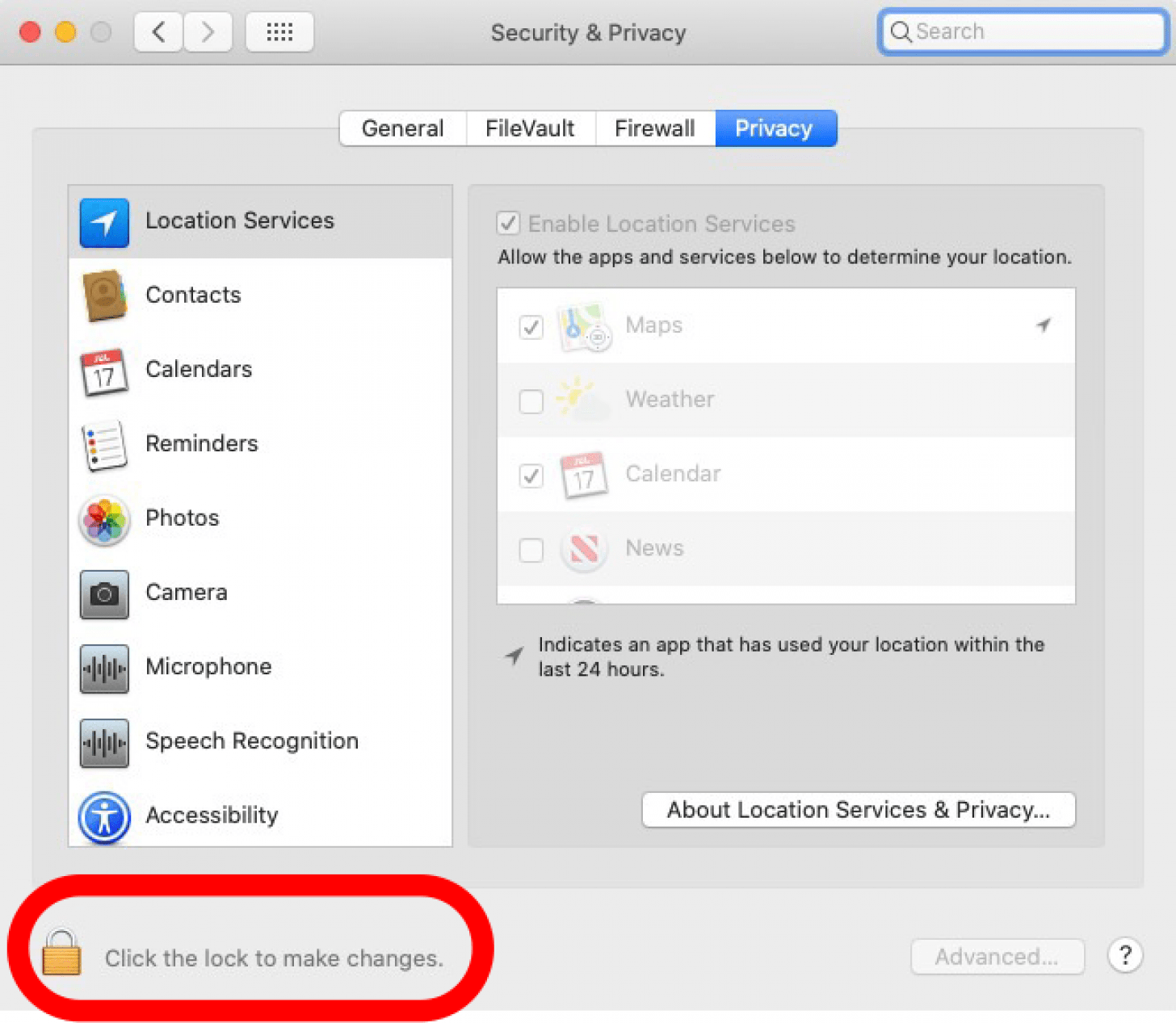
- Click Microphone and make sure the box next to Zoom is checked.
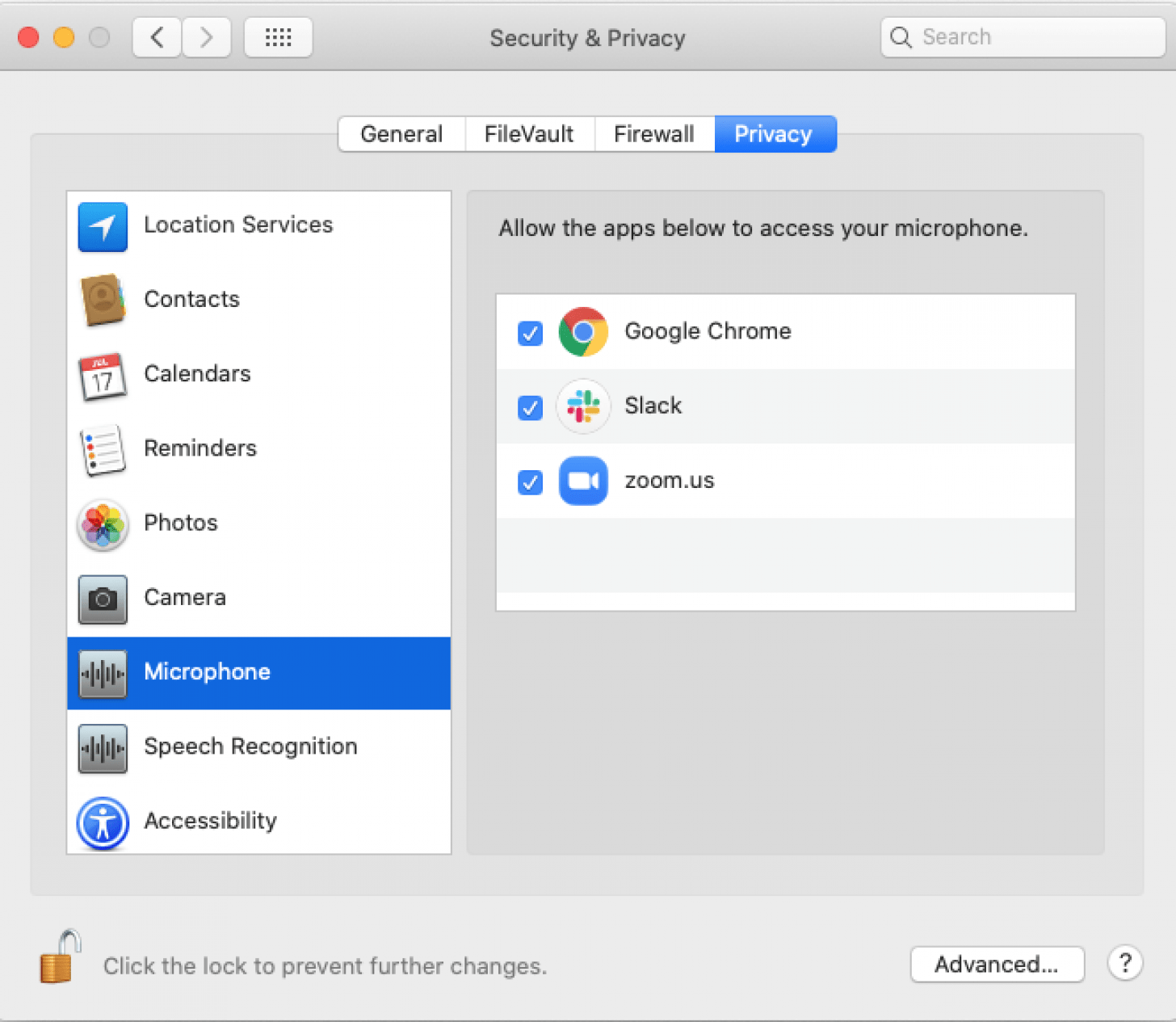
- Click the open lock icon to save your changes.
Make Sure Zoom Audio is Connected
The first thing to keep in mind when your Zoom audio isn't working and you can't hear the other people on the call, is that you might be muted. As on your iPhone or iPad, if the microphone icon at the bottom of the screen says Unmute and has a red slash through it, click it to unmute yourself.
Zoom Speaker & Mic Test
You can also do a mic test and speaker test in the Zoom app.
- Open the Zoom app.
- Click the Gear icon.
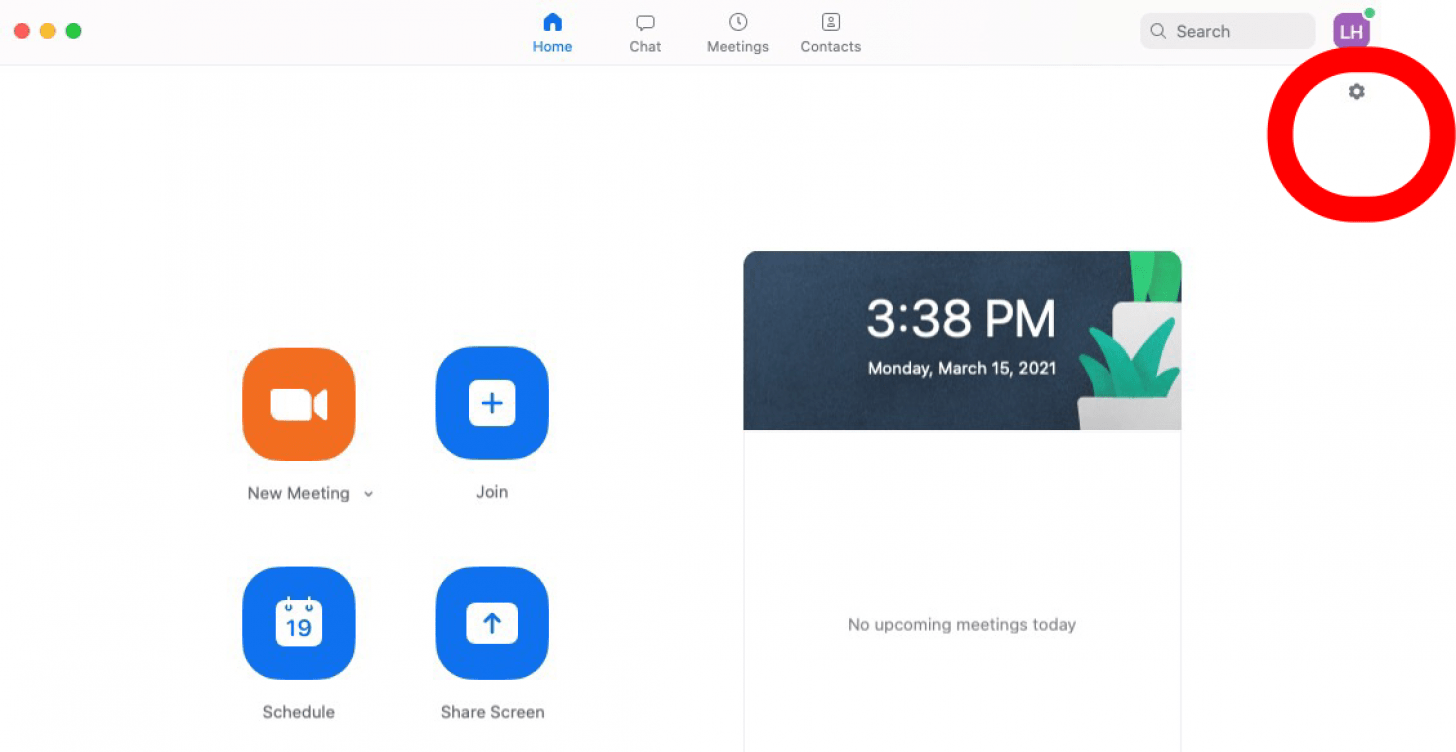
- Click Audio.
- You'll see the Test Speaker and Test Mic options. Click Test Speaker.
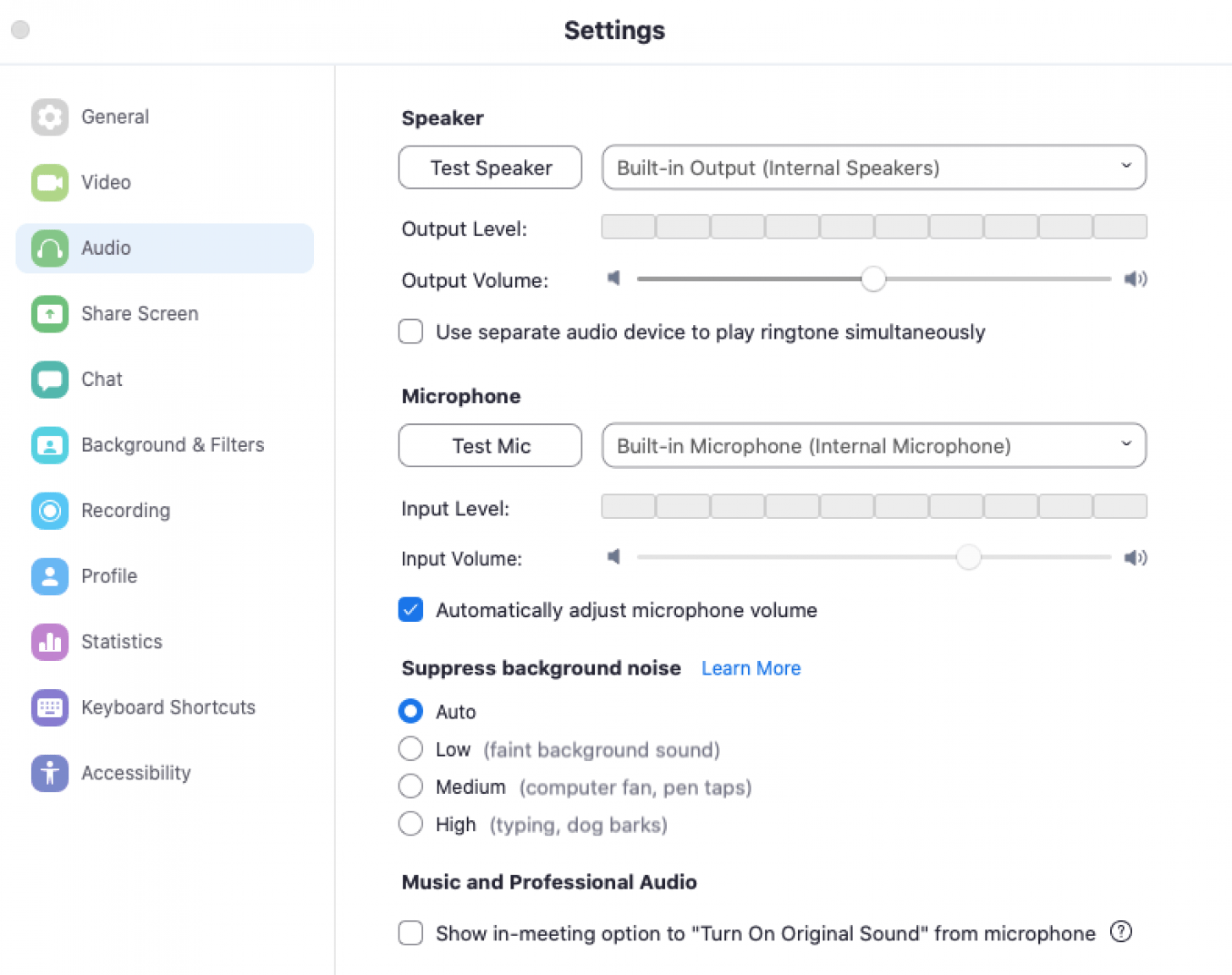
- Your computer will play a tune to test your speakers, press Stop when you've determined that the speaker is working. Increase or decrease the Output Volume using the volume bar below Output Level.
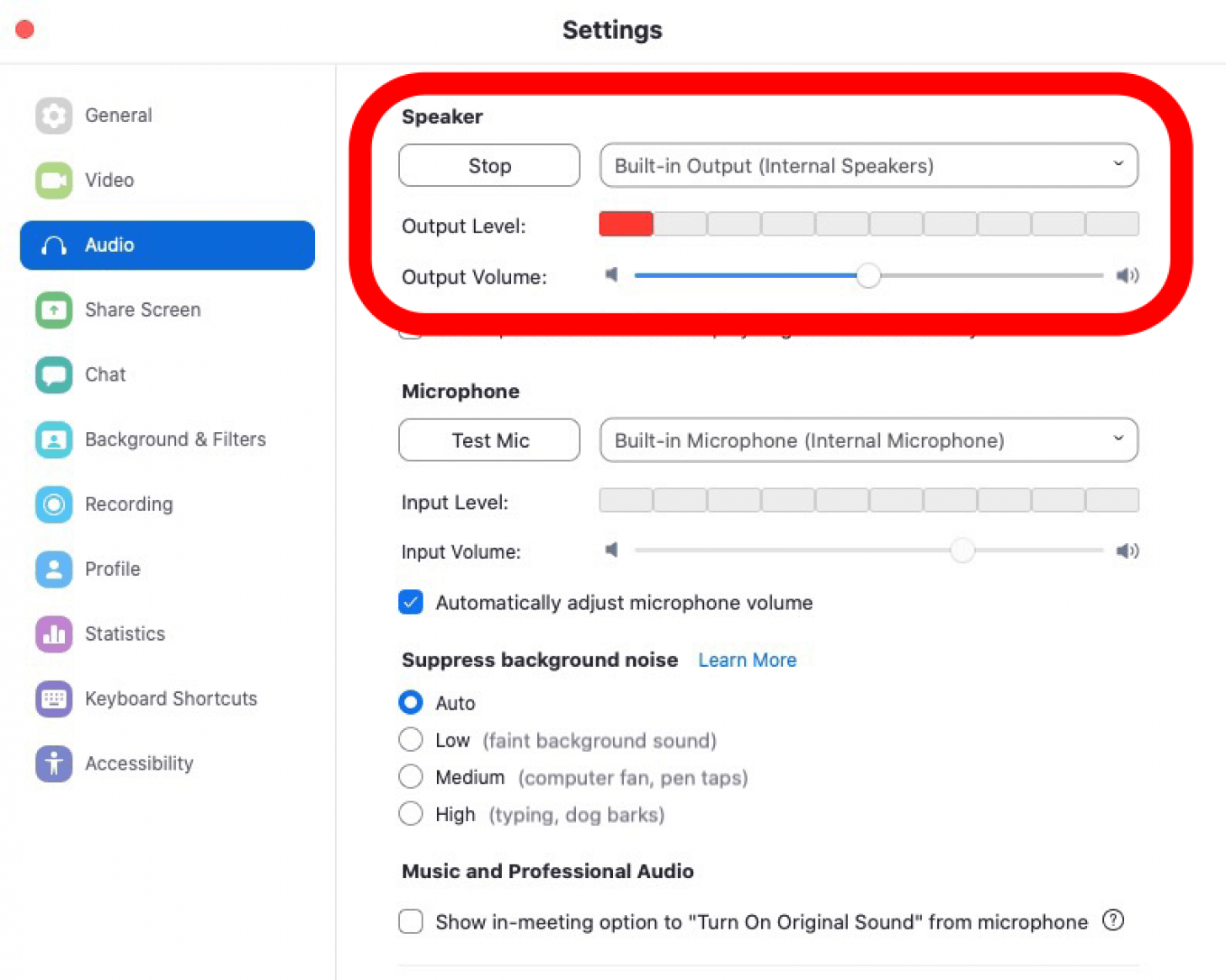
- To test your microphone, click Test Mic.
- Speak to test the microphone; you'll see your Input Level on-screen.
- You can increase or decrease Input Volume manually, or click Automatically adjust microphone volume to let your Mac set the mic level.
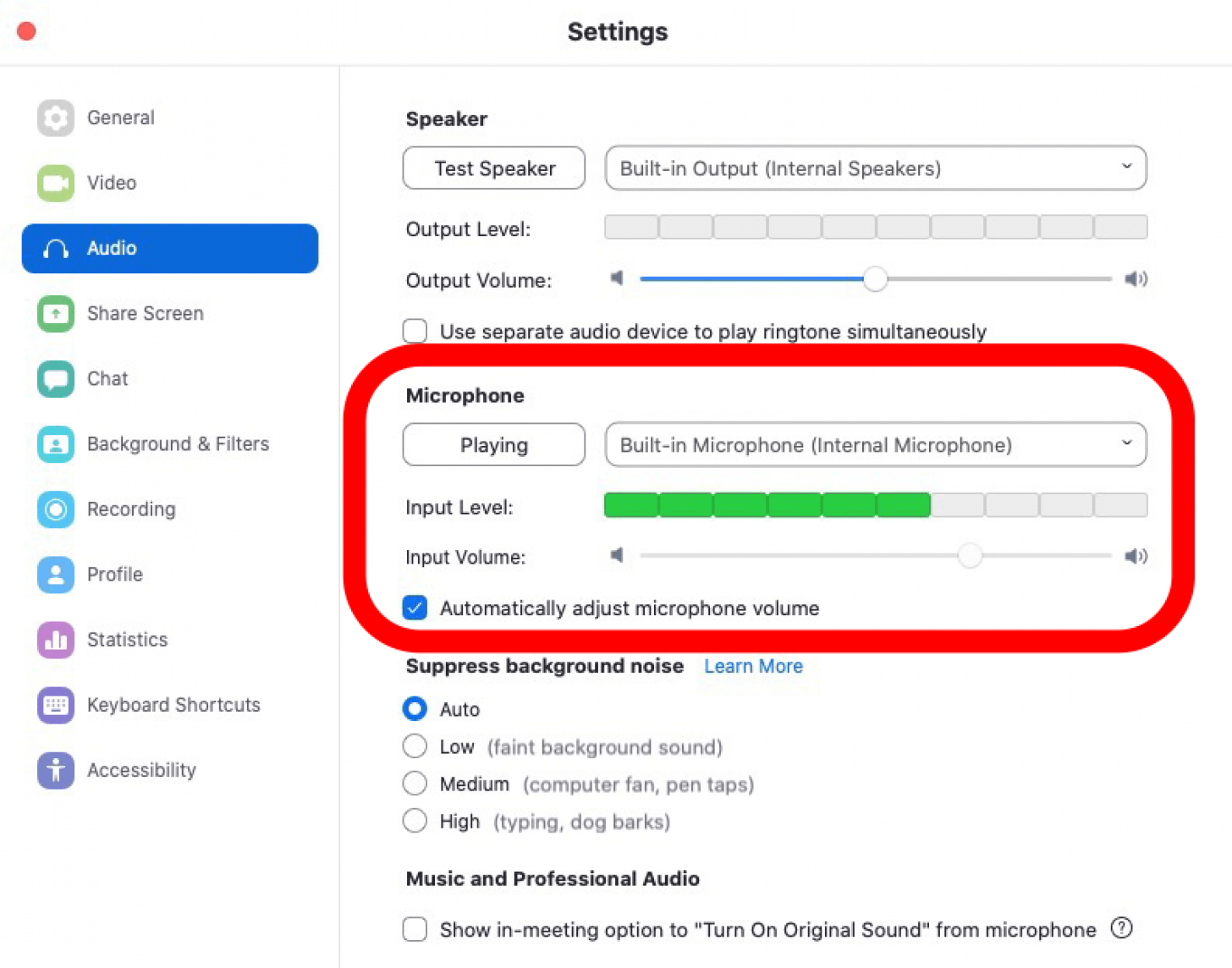
How to Suppress Background Noise & Echoes in a Zoom Call
Common audio problem during Zoom calls include background noise and echoes during a call. For echoes during a call, limit the audio input by making sure you haven't placed or joined your Zoom call from more than one device at a time, such as your phone and computer. If you do have two devices active, leave the call on one of them. If your computer has external speakers connected, you can move the speakers further away from each other to reduce feedback and echo. If the problem persists, you can disable your external speakers and use the built-in ones instead.
An additional, related issue, can happen if more than one person has joined the same Zoom meeting in the same office or household. In this case, attendees should go to separate rooms or, if they share an office, one person should mute their audio. Alternately, one or both people can use headphones.
Zoom also has settings that can suppress background noise and echoes. To access and turn these on:
- Click the Gear icon, then click Audio as before.
- You'll see Suppress background noise under the Speaker and Mic tests.
- Click Auto, Low, Medium, or High, depending on the level of background noise you're dealing with.
- Toggle on Suppress Persistent Background Noise, Suppress Intermittent Background Noise, and Echo Cancellation to Auto.
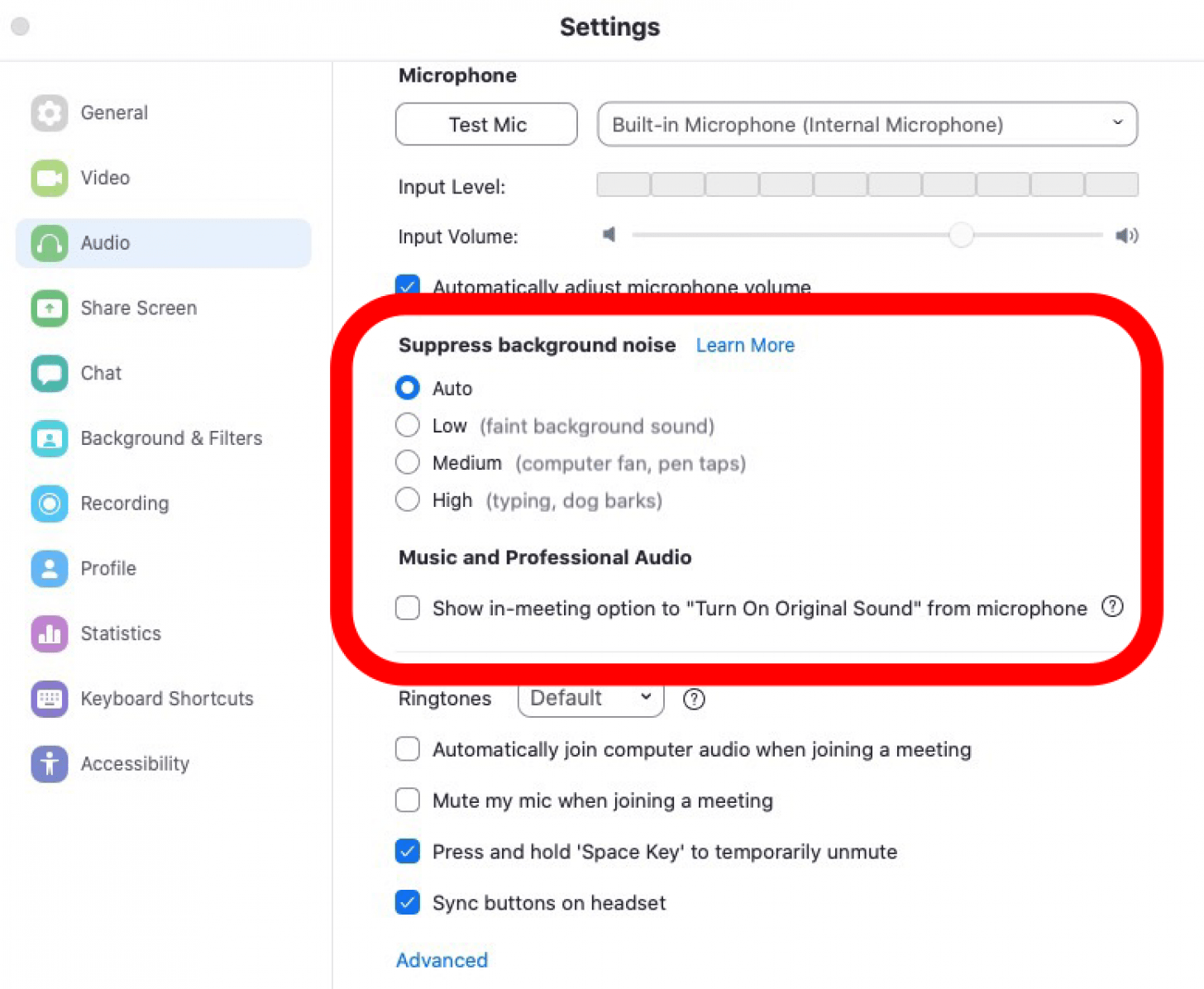
Zoom Troubleshooting Steps for iPhone, iPad & Mac
There are a few more things to try if the steps above haven't fixed your Zoom problems.
Update Zoom
Make sure you're using the latest version of Zoom.
Reinstall Zoom
Delete the Zoom app, then reinstall from the App Store.
Restart Your Device
Close the Zoom app, then restart your iPhone, iPad, or Mac.

Leanne Hays
Leanne Hays has over a dozen years of experience writing for online publications. As a Feature Writer for iPhone Life, she has authored hundreds of how-to, Apple news, and gear review articles, as well as a comprehensive Photos App guide. Leanne holds degrees in education and science and loves troubleshooting and repair. This combination makes her a perfect fit as manager of our Ask an Expert service, which helps iPhone Life Insiders with Apple hardware and software issues.
In off-work hours, Leanne is a mother of two, homesteader, audiobook fanatic, musician, and learning enthusiast.
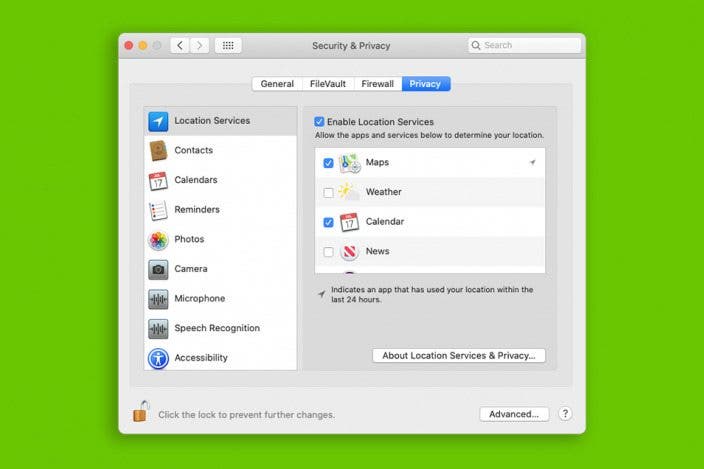
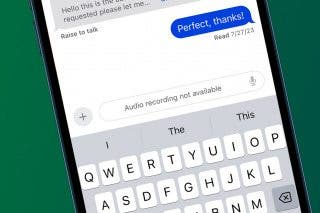
 Rhett Intriago
Rhett Intriago
 Olena Kagui
Olena Kagui

 Hal Goldstein
Hal Goldstein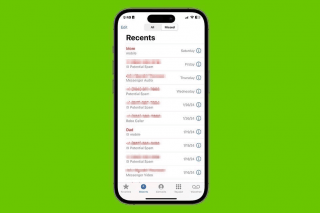
 Rachel Needell
Rachel Needell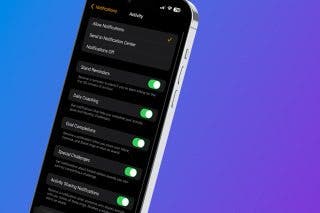


 Leanne Hays
Leanne Hays

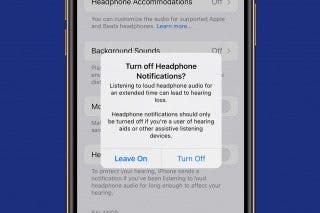
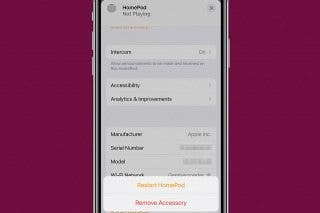
 Amy Spitzfaden Both
Amy Spitzfaden Both